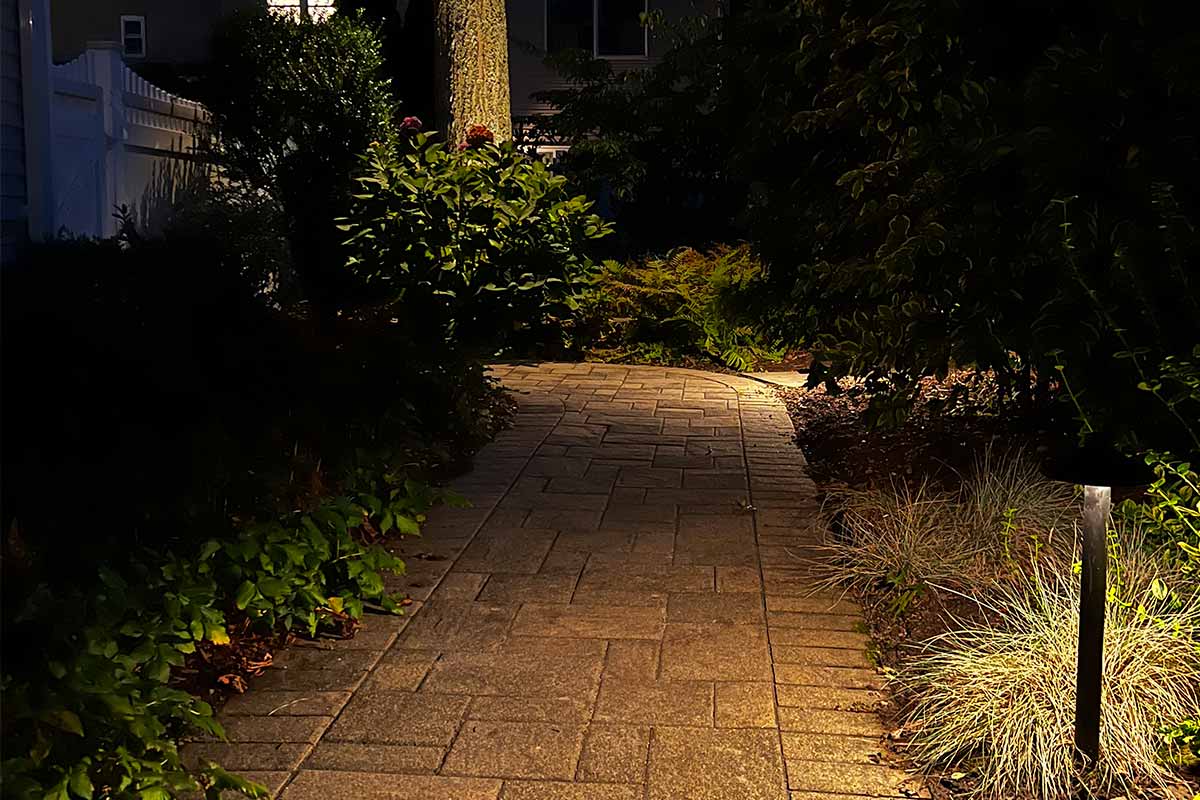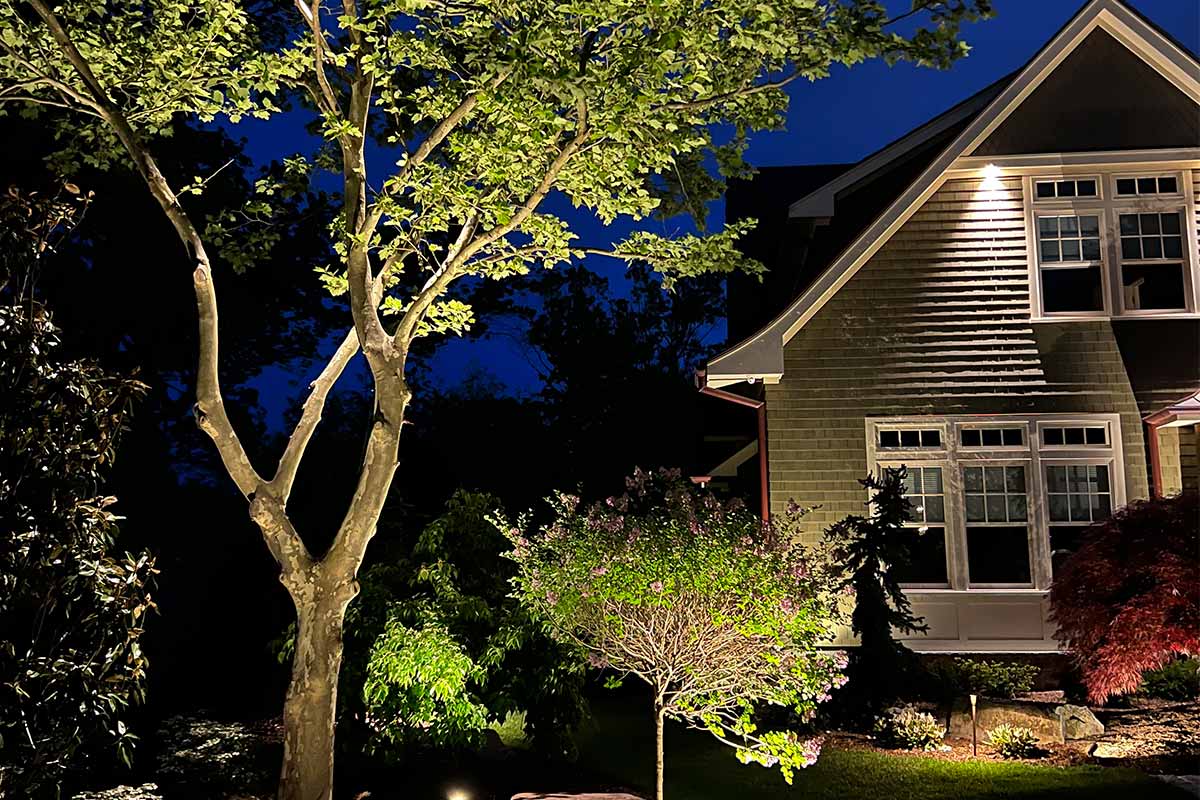The beauty of a garden and landscape extends far beyond daylight hours. With thoughtfully placed garden lights landscape, you can transform your outdoor areas into enchanting nocturnal retreats. The trick is to focus on highlighting the textures, shapes, and colors that make your space unique and that you’d be proud to show off. The best way to do this is to implement smooth integration into your design, ensuring that the lighting brings out the natural beauty without overpowering it. Here are some tips to expertly weave light into your green spaces.
Start with a Vision: What Do You Want to Highlight?
Before even considering a single fixture, take a stroll through your garden and landscape at dusk. Observe the areas that catch your eye, the pathways you use, and any focal points you’d like to accentuate. Do you want to showcase a prized tree, illuminate a water feature, or simply create a soft glow along your walkways? Having a clear vision will guide your garden lights landscape design.

Layer Your Light for Depth and Dimension
Just like interior lighting, the most effective garden lights landscape designs utilize layers of light. Think beyond simple spotlights and consider how different types of fixtures can work together in a balanced design:
- Path Lights: These are essential for safety and finding your way, gently illuminating walkways and preventing accidental trips in the dark. Choose fixtures that blend with your landscape style, whether they are discreet ground-level lights or more decorative post lights.
- Uplights: Positioned at the base of trees, shrubs, or architectural features, uplights create drama and highlight their form and texture. Consider the size and shape of the plant or object you’re illuminating to choose the appropriate intensity and spread of light.
- Downlights: Mounted in trees or on structures, downlights cast a soft wash of light downwards, creating gentle shadows that sometimes mimic the moonlight. They can be particularly effective for illuminating patios or seating areas nestled within the landscape.
- Accent Lights: Smaller, directional lights can be used to highlight specific features like sculptures, water features, or particularly interesting plants. Use them sparingly to draw attention to key elements and avoid creating a cluttered look.
Consider the Style and Placement of Fixtures
The fixtures themselves should complement your garden lights landscape design, that’s why you should choose materials and styles that blend with your outdoor aesthetic. Consider the scale of the fixtures in relation to the surrounding plants and structures. Discreet, low-profile lights often integrate more naturally into an outdoor setting, allowing the light itself to be the focus rather than the fixture. Think about how the fixtures will look during the day as well to make sure they don’t detract from the beauty of your garden.
Emphasize Natural Forms and Textures
Make use of different types of lighting to add to the organic beauty of your garden. Grazing light can highlight the texture of tree bark or stone walls. Silhouetting can create dramatic outlines of plants against a backdrop. Soft washes of light can accentuate the delicate foliage of flowering plants. Remember, the goal is to use light to reveal and celebrate the natural artistry of your garden lights landscape.

Prioritize Safety and Functionality
While aesthetics are important, safety should always be a primary consideration in any garden lights landscape design. You want to ensure that pathways and steps are well-lit. Avoid setting up glares that could be distracting or create hazards. Last but not least, use quality, weatherproof fixtures designed for outdoor use and follow all electrical safety guidelines, even if that means consulting with an expert to make sure your wiring is in order.
Think About Energy Efficiency and Sustainability
Consider using LED garden lights landscape fixtures. LEDs are well known for being energy-efficient and having a longer lifespan than traditional bulbs. Timers and motion sensors can further help conserve energy by ensuring lights are only on when needed.
Integrate Audio Thoughtfully
If you’re considering integrating outdoor audio as well, think about how the placement of speakers can complement your lighting design. You’ll likely want to discreetly place your speakers so that they add to the ambiance without being visually obtrusive. More importantly, you want to consider the quality of the sound dispersion in relation to your illuminated areas to create a wholesome sensory experience in your garden.
By following these tips, you can create a garden lights landscape that is not only beautiful but also functional, safe, and seamlessly integrated with the natural elements of your outdoor space. If you want further advice on how to get started, you can always contact Nite-Lite Landscape Lighting where our team is eager to help you bring your garden to life after dark with expertly designed and installed illumination.

